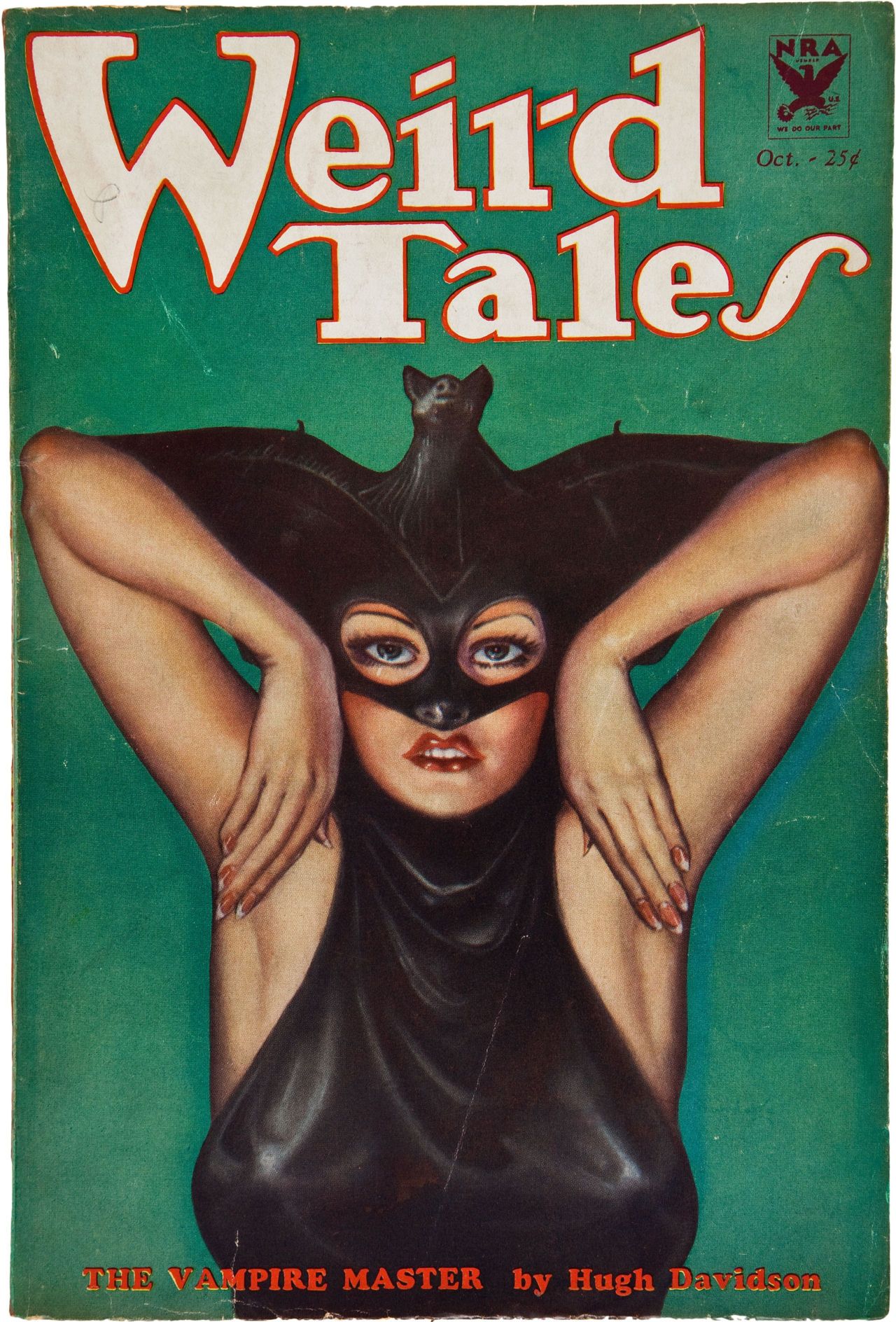“KNOW, oh prince, that between the years when the oceans drank Atlantis and the gleaming cities, and the years of the rise of the Sons of Aryas, there was an Age undreamed of, when shining kingdoms lay spread across the world like blue mantles beneath the stars—Nemedia, Ophir, Brythunia, Hyperborea, Zamora with its dark-haired women and towers of spider-haunted mystery, Zingara with its chivalry, Koth that bordered on the pastoral lands of Shem, Stygia with its shadow-guarded tombs, Hyrkania whose riders wore steel and silk and gold. But the proudest kingdom of the world was Aquilonia, reigning supreme in the dreaming west. Hither came Conan, the Cimmerian, black-haired, sullen- eyed, sword in hand, a thief, a reaver, a slayer, with gigantic melancholies and gigantic mirth, to tread the jeweled thrones of the Earth under his sandalled feet.”
—The Nemedian Chronicles
***
With these words the most famed of the many famous creations of Robert E Howard, Conan the Barbarian, sprang to vivid life in the pages of WEIRD TALES magazine, 1933.
Conan is somewhat more deep and complex than the cartoon image of a brute in a bearskin loincloth found the popular imagination, with a dancing girl clutching his brawny thigh and a devil-beast dying under his bloody ax. The theme and philosophy he represents is not the product of adolescent neurosis (as certain bitter critics would have us believe) but of somber, even cynical, reflection on the age of the world, the costs of civilization, and the frailty of man.
Recall the era.
1933 was in an uneasy period wedged between two World Wars. Trench warfare killed whole villages of their sons in a single hour. Notions of heroism and honor, the glamor and chivalry of war, were also killed. Science had been a benevolent genii, but now was famed for making weapons of indiscriminate and dispassionate mass-slaughter.
The economic boom of the 1920’s came to its inevitable bust and crack-up. The world was bellycrawling through a depression. Roosevelt had just been elected President. At this time, there was not even the foxfire of Keynesian economics to grant a glint of false hope to a bankrupt world. The General Theory of Employment, with its false promises, was not to be published for three years.
The Lone Ranger made his debut on the radio to the stirring strains of the William Tell Overture. The Shadow, with his eerie laugh and occult powers, was but three years old. The atmospheric film THE MUMMY, staring Boris Karloff, so akin to Howard’s writing in theme and mood, had debuted but a year before.
The academic world was infatuated with faddish notions about eugenics. Civilization failed to cull the weak, and so carried the seeds of its own degeneration — or so the theory ran. The political world was deeply bitter about failed promises of peace which, in the Victorian Era, but twenty years before, had seemed easily within reach. Scientifically-managed economies were all the rage, and a contempt for the common man.
In America, the Western Frontier was closing. Paul Bunyan and Johnny Appleseed, Davy Crockett and Daniel Boone, and all the men of myth or history who brought civilization out of savage wilderness had apparently done their work too well.
Civilization was triumphant, but was grown gross, corrupt, vulgar, and small. Something was missing. The spirit of the age languished.
Civilization had lost faith in civilization.
During such a time, the imagination of readers and writers in the more imaginative genres are likely to meditate on what had been lost, and at what cost.
During such a time, men romanticize the savage. It is only natural.
Read the remainder of this entry »


